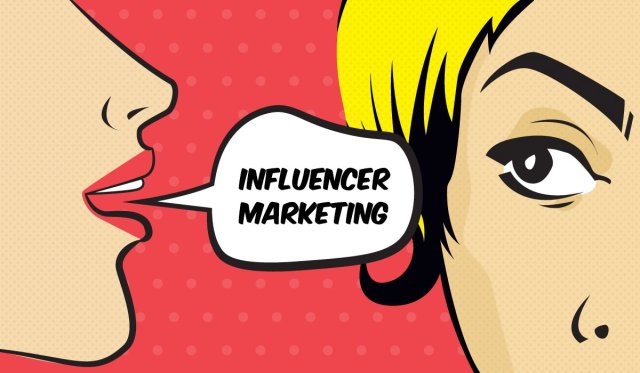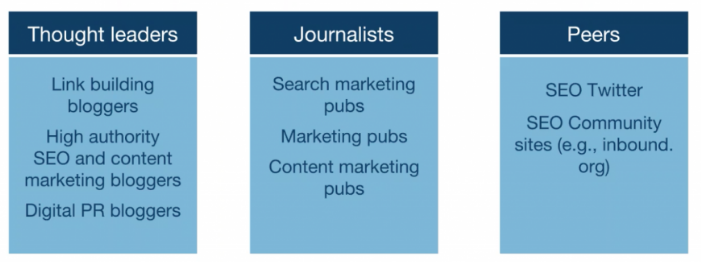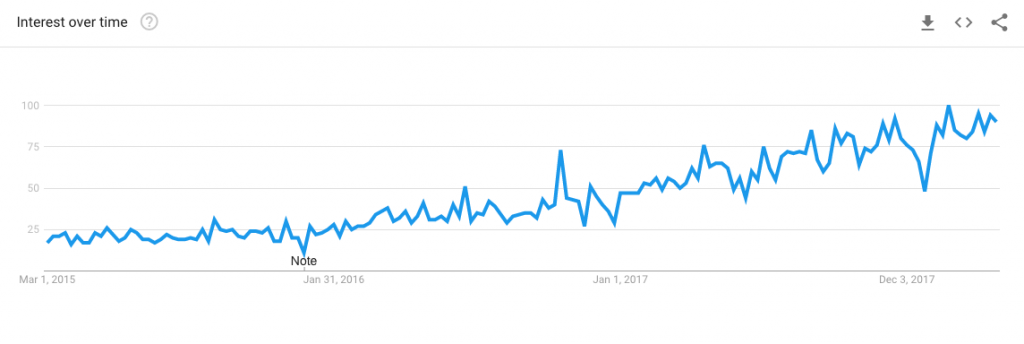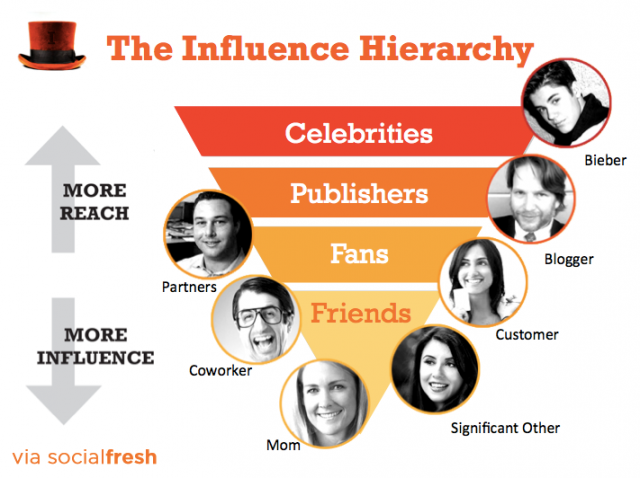Influencer marketing has been growing in popularity for the past few years and is becoming a strong player in the marketing tool kit. By using social media listening tools a marketer can identify individuals that will help a brand get the word out. Understanding the online conversation around your brand is vital to choosing the right online influencer. You can start with simple less costly tools seen here, before moving to more expensive, but comprehensive tools like Symplur, Traackr or Brandwatch. They will segment and narrow down your search for the perfect Influencers.
There is a defined process to identifying influencers, and you’ll need more than one tool to get the job done, but the payoff can be very beneficial. Here’s a few benefits and key objectives to discuss with your clients.
- Expanding your brand’s reach
Growing an audience is a long-term task, but you want it to have as many growth spurts as possible. Partnering with an influencer expands your reach more quickly than some organic methods. - Generating user-generated content
Partnering with influencers to create content together takes some of the content creation off your own team’s plate. - Drive traffic
Whether an influencer is promoting you in a website review or in a tweet, including a link back to your website will drive their audience to check out your brand. - Improve SEO
In addition to driving traffic, quality backlinks can help improve your website’s search rankings and traffic. By generating backlinks from influencers who have high authority websites, you can improve your SEO game. - Boost your reputation
A trustworthy source goes a long way in shaping someone’s opinion. Influencers are highly trusted by their audience, so an endorsement or partnerships can go a long way in building your brand’s reputation. - Finally – Helps to Drive sales
According to AdWeek, surveys have found that 74% of consumers identify word-of-mouth as a key influencer in their purchasing decisions.

Closer look at the Influencer
Using social media influencers in your marketing is the practice of building relationships with the people who can build relationships for you. Whether an influencer’s audience is small or large does not mater as much that they can reach your audience via their blogs and social networks that your brand may not be able to. Your targeted audience needs to trust your influencer. YouTubers like Casey Neistat reviews his products in a unique way. Even if he likes it he faults it, but when he talks about a product, it increases sales. It’s definitely not the 1970’s style of advertising. Take a look at his style here.
85% of consumers trust online reviews as much as personal recommendations
Clothing and beauty brands have had great success with using micro influencers and major celebrities for a while now, but now brands like Amazon, and even healthcare are getting in on the action. People are more apt to make a purchase after reading reviews or listening to an influencer. As you research influencers you’ll uncover a competitive landscape for your client too.
According to a study by Adweek, 75% of brands engage with influencers as a part of their main marketing strategy.
Components of an influencer marketing strategy
- Identify the topics of influence that speak to your brand’s target buyers.
- Vet the influencers who are a good contextual fit with your brand. Look for content quality, reach, engagement and an alignment of values with your brand.
- Relate and engage with your target influencers via email and other social channels. Ask them to partner with your brand and offer them compensation to create mutually beneficial relationships.
- Measure all earned media and identify which influencers and which topics lift your brand the most.
- Repeat. Once you’ve identified who and what works best for your brand you can build a stronger influencer marketing strategy each time around. You should have around 10-15 to pick from, and you’ll get 2-3 solid influencers.

Map the influencer landscape
Before reaching out to influencers or building a list, you need to understand the influencers in your industry. Map out the different segments. Are they leaders in their fields? Do they report the news on a regular basis? Do they create content or are the passive viewers?

When mapping the landscape, track these areas:
- Where do conversations and shares about your topic take place? How social is the market?
- What motivates people in your market to promote content about your topic?
- Is activity concentrated among a few publishers, or is the market more fragmented?
- What’s the author model for key publications? Do they have in-house journalists, regular contributors, guest bloggers – or a mix of all 3?
- What’s the background of the popular authors in your space?
At the end of the day, the time you spend creating the right strategy and identifying the right influencer, the more impactful influencer marketing will be. Remember that honest dialogue generates true relationships.

